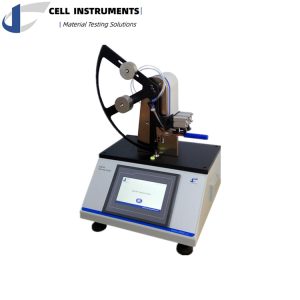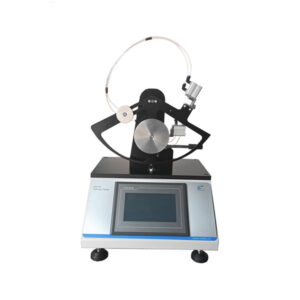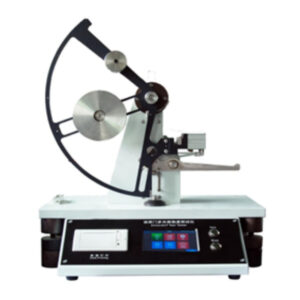ASTM D689
Materiales de aplicación
ASTM D689 especifica el método de prueba estándar para determinar la resistencia al desgarro del papel y el cartón. Esta prueba es esencial para evaluar la calidad y durabilidad de los materiales utilizados en embalajes, impresión y otras aplicaciones donde la resistencia del papel es crítica.
Proceso de prueba
La prueba implica el uso de un comprobador de desgarros para papel, como el comprobador de desgarros tipo Elmendorf. Se prepara una muestra de papel o cartón, con una muesca específica cortada en ella. Luego, la muestra se sujeta en el comprobador y el instrumento aplica una fuerza controlada para propagar el desgarro a través del material. Se registra la fuerza necesaria para completar el desgarro.
Interpretación de los resultados de la prueba
El resultado de la prueba se expresa en términos de resistencia al desgarro del papel, generalmente en gramos-fuerza (gf). Los valores más altos indican una mayor resistencia al desgarro, lo que implica un material más fuerte y duradero. Estos resultados ayudan a los fabricantes y a los profesionales del control de calidad a evaluar la idoneidad del material para el uso previsto.
Significación de la prueba
La prueba de resistencia al desgarro es importante porque proporciona una medida cuantitativa de la durabilidad y el rendimiento del papel bajo tensión. Esta información es vital para garantizar que los productos de papel cumplan con estándares de calidad específicos y puedan soportar la manipulación y el procesamiento sin fallas.
Requisitos del instrumento
El instrumento principal que se utiliza en esta prueba es el comprobador de desgarro para papel, que debe calibrarse y mantenerse de acuerdo con las especificaciones del fabricante. El instrumento debe proporcionar resultados precisos y repetibles, con un método confiable para sujetar y desgarrar la muestra.
Precauciones
Asegúrese de que la muestra esté preparada de acuerdo con las dimensiones estándar y los requisitos de entallado.
- Verifique que el probador de desgarro esté correctamente calibrado antes de realizar la prueba.
- Manipule las muestras de papel con cuidado para evitar daños previos a la prueba que puedan afectar los resultados.
- Siga todos los protocolos de seguridad para evitar lesiones mientras utiliza el probador de desgarros.
Referencia
Método de prueba estándar ASTM D689-17 para la resistencia al desgarro interno del papel
Mostrando los 2 resultados




